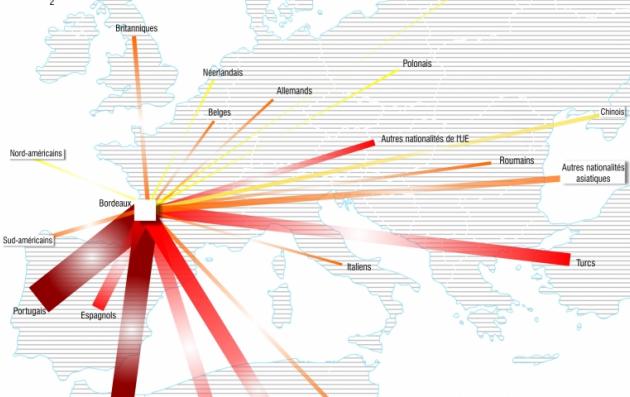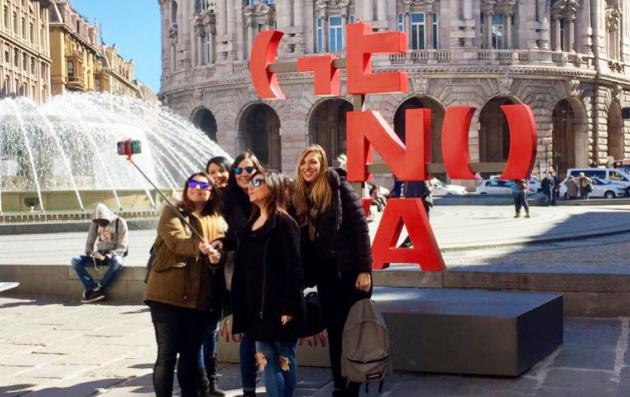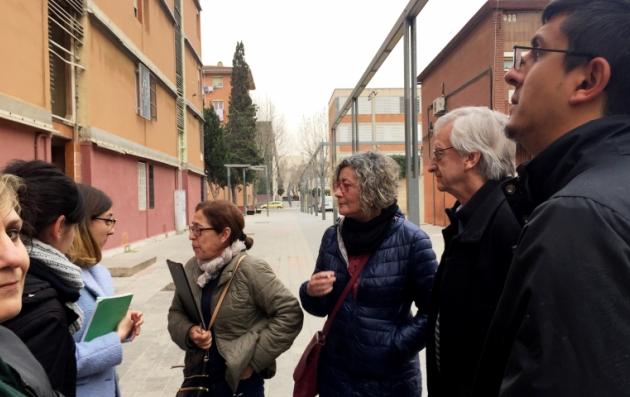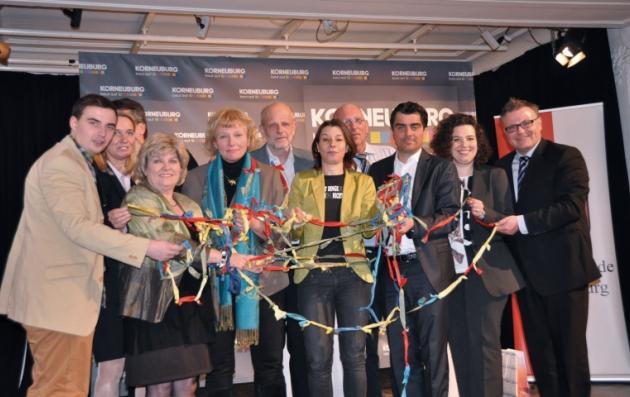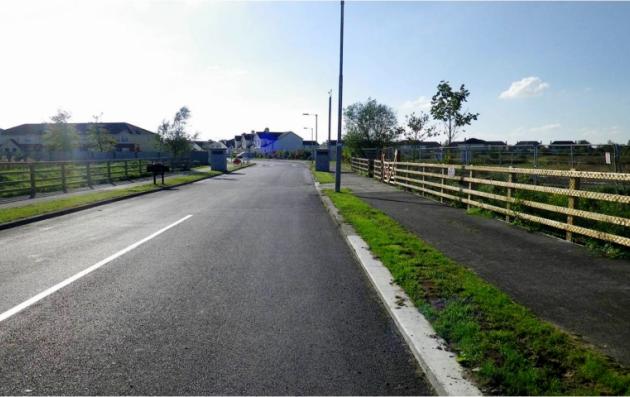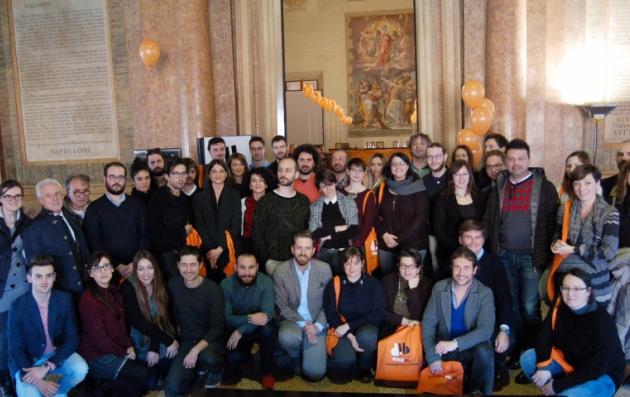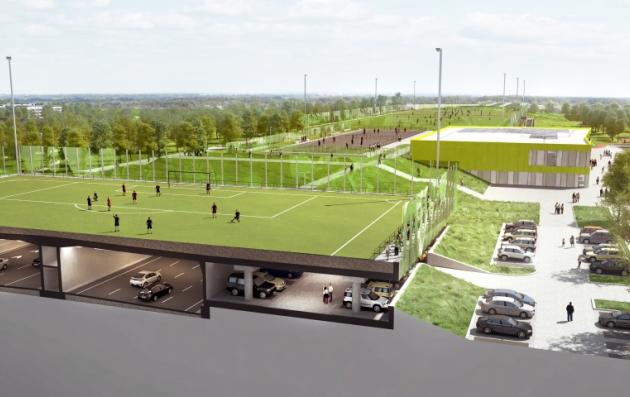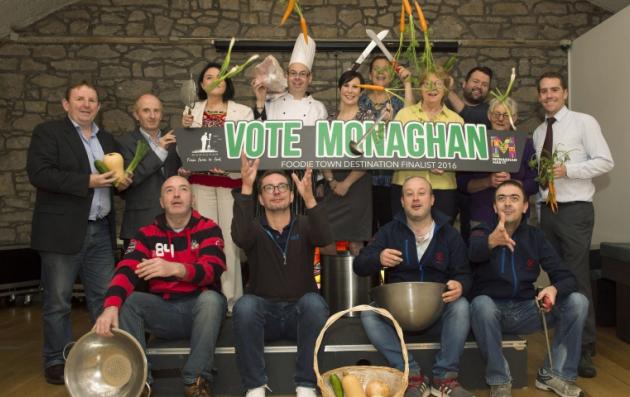Urban waterways strategy & action plan
Using collaborative planning and partnership to integrate bottom-up local input with top-down strategic priorities
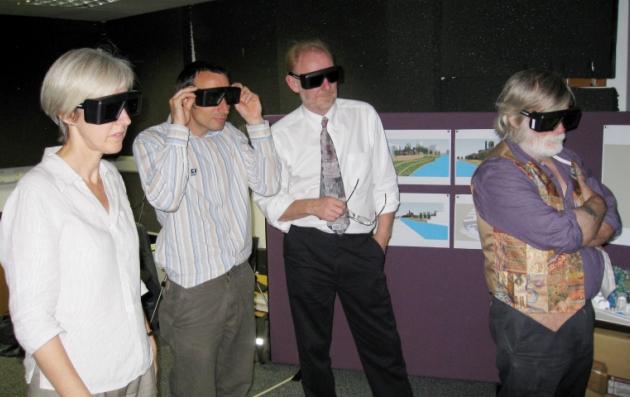
Summary
Urban waterways planning and management represent a common challenge for multi-level governance in EU cities, particularly when land ownership patterns are complex, and stakeholders’ rights and responsibilities fragmented. Sheffield (UK), which has over 240 km of waterways, uses collaborative planning and partnership to integrate strategic priorities at the city-regional level with bottom-up local participation and citizen-led action. In 2003, Sheffield formed a Waterways Strategy Group, a partnership including the City Council and relevant environmental and amenity groups. This group developed the Sheffield Waterways Strategy and Five-year Action Plan. The strategy integrates a range of joined-up measures (governance, infrastructure, design, activity, strategy, and policy) to coordinate capacity-building with communities. It includes lasting cross-sector actions at multiple levels, enabling the partners to scale up their impacts.
The solutions offered by the good practice
The Strategy tackles the problem of highly fragmented management and planning processes, representing an important microcosm of multi-level governance challenges in cities. When many different landowners and stakeholders have responsibilities and rights, it can become difficult to meaningfully engage citizens in effective action. The Strategy represents a good practice by bringing together two important solutions, (a) on the substantive issue of waterways planning and management, and (b) in terms of process, providing a transferable model for collaboration.
First, the Strategy addresses eight goals (relevant to other contexts) for people, economic opportunity, climate change, promotion, heritage, access, stewardship and wildlife. Second, it illustrates how to develop, formalise and sustain such a partnership strategy:
(i) Adopt a structured approach: explore, recast, review;
(ii) Avoid professional presumption or expert/deficit models;
(iii) Take the time to find out what the parties really want;
(iv) Expect some confusion arising from different backgrounds: internal and external conflicts;
(v) Provide time to think to avoid rushing to decisions;
(vi) Build confidence through formalised decision-making using evaluation criteria and tools; and
(vii) Be careful to give people credit for their input. Cities can adopt and adapt these simple lessons, to bring people together to deliver integration geographically, across sectors and horizontally between hierarchies.
Building on the sustainable and integrated approach
The Sheffield Waterways Strategy approach is compatible with and complementary to the URBACT principles. The commitment to sustainable development, articulated through sustainable urban living, is visible in the Strategy Goals:
- Place people at the heart of the waterways regeneration,
- Help our city rediscover its wealth of waterways as an economic opportunity,
- Adapt to climate change and manage flood risks more sustainably,
- Promote Sheffield and its waterways,
- Use our rivers to help celebrate the heritage, culture and rich history,
- Secure access to a city-wide network of riverside parkways,
- Ensure effective stewardship and encourage everyone to care for our rivers,
- Give high priority to protecting wildlife and enhancing habitats.
The Strategy articulates values of socio-ecological urbanism, developed via an Integrated and participative outlook. The approach taken includes horizontal, vertical and territorial integration (section 2). The Strategy Group’s achievements were only possible because so much emphasis was placed on understanding one another’s views of what success would look like, and iteratively agreeing to outcomes alongside high-level goals, through a process of facilitation rather than direction. Hence, these themes should not be seen as something that can be taken from off the shelf and transplanted without careful thought and consideration to local context and needs. The process (section 2) may, however, prove highly applicable in other cities.
Based on a participatory approach
A cross-sector partnership was evolved, which developed its holistic approach to coordinate efforts to tackle the complex challenges. An open and inclusive approach was used to extend and strengthen social networks, to move away from central control and towards a more resilient social capital model.
Public workshops were held in community and arts venues (1), engaging people from all backgrounds in celebratory events and happenings. Advanced 3D visualisation software was used to ignite excitement and create a sense of possibility about future scenarios and achievable options (2).
A range of complementary techniques was used to create opportunities for people to express their views and passions, and to mobilise these shared strengths into effective action (3,4,5,6,7).
Simple social media platforms were used and connected together to create a dynamic movement and to associate interests, to support on-the-ground action touching people’s lives locally (6).
This enabled the people and businesses of the city to support and get involved in furthering the process themselves (6,7).
By first seeking to understand the values of different stakeholders and then going on to establish their shared principles (8), it was possible to co-create clear, agreed partnership solutions (practical projects through to policy measures).
Submissions for awards were made, and links established with national policy, to raise awareness, maintain momentum and celebrate success (9,10,11,12).
What difference has it made?
The biggest difference that the Strategy has made is to place people at the heart of the waterways regeneration in Sheffield. It has both championed this cause and involved citizens directly. The Strategy underpins successful proposals and bids for millions of pounds worth of funding from charities, lotteries, businesses, the EU and central government. The Strategy Group was instrumental in setting up the River Stewardship Company, a social enterprise which conserves, protects and improves the environment of waterways. It has provided river “place-keeping” services for over 100 businesses over six years, creating eight new jobs, 22 work placements for unemployed people and two apprenticeships. In one year, RSC worked with 364 volunteers to deliver 594 days of work worth £56 000. The Strategy has led to significant progress towards regenerating the 150 miles of waterways and played a key role in establishing the Business Improvement District to secure investment of £10 million. Many fish-passes have been built leading to the return of salmon. Another major achievement has been to become an international leader in innovation in “daylighting” or deculverting, for which Group members have been responsible for award-winning demonstrations, highly cited publications, and high-profile websites. The Strategy has facilitated rapid response to new opportunities. The legacy has been to bring together the many statutory organisations and voluntary, nonprofit groups with core interests in the city’s waterways.
Why should other European cities use it?
The Good Practice lessons should be of interest to other EU cities in terms of both the substantive issues and the process aspects. Most cities face challenges to integrate cultural, economic, environmental and social priorities, within a place-based approach. However, this does not imply that the lessons learned are only applicable to those places. Different thematic areas (sections 3 & 10) will be of interest to different cities. For instance, the IPCC 4th report noted the need to develop mitigation-relevant adaptation strategies, highlighting the slow progress and urgent need for cities to share experiences. This Strategy is highly relevant to that challenge. In particular, cities facing the threat of flooding are likely to find use in understanding Sheffield’s approach (in 2007 a major flooding episode occurred, this was an event with a return period of >1-in-100 years. Sadly, two people lost their lives, and flooding caused damage costing over €500 million in two days). We have found productive ground working with other cities focusing on industrial heritage routes, such as Stuttgart, and green infrastructure (e.g. Copenhagen, Ruhr Region). The findings and experiences are also likely to be of importance to those working on urban water quality (Water Framework Directive heavily modified water bodies and diffuse pollution). Furthermore, the lessons on social inclusion and capacity-building are cross-cutting in nature and applicable to other planning contexts.
-
279_sheffield_gpsummary.pdf(PDF, 1Mo)

